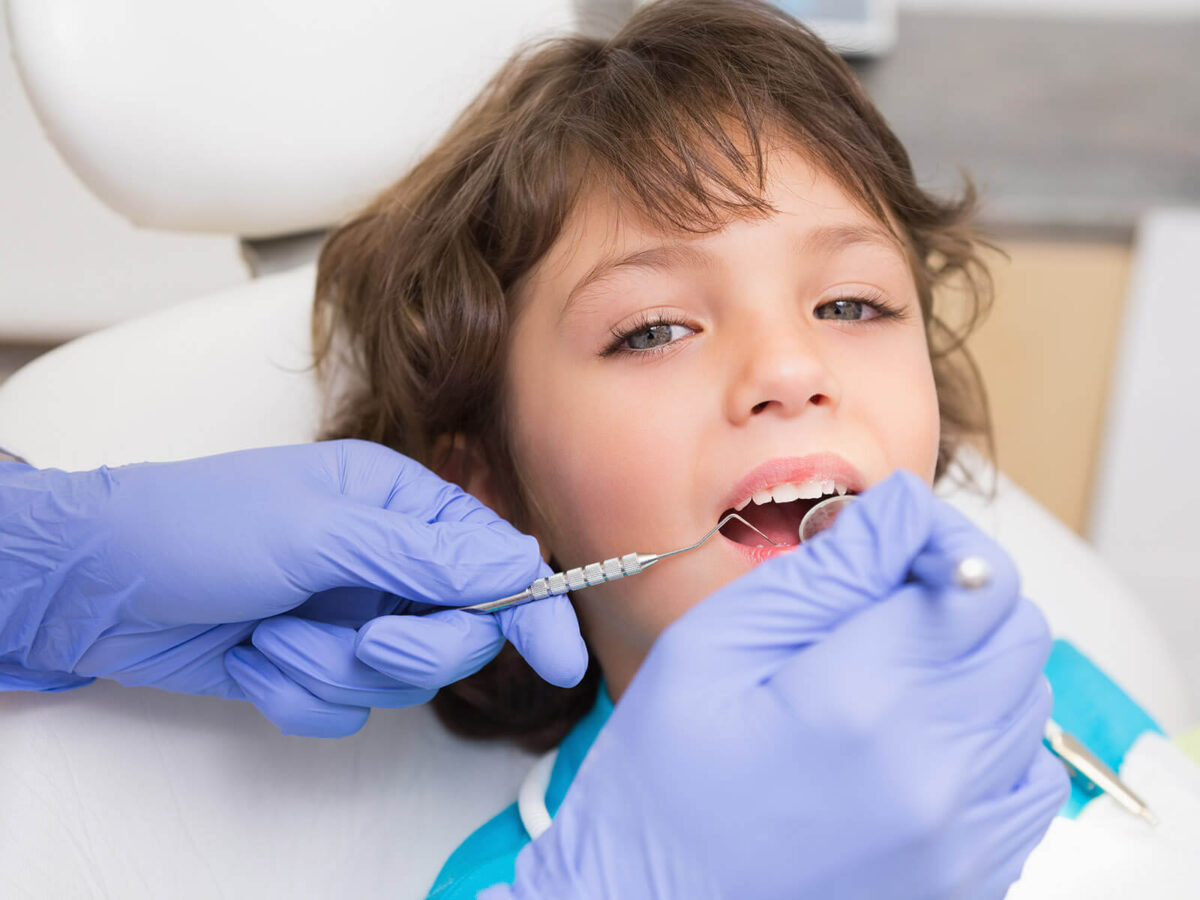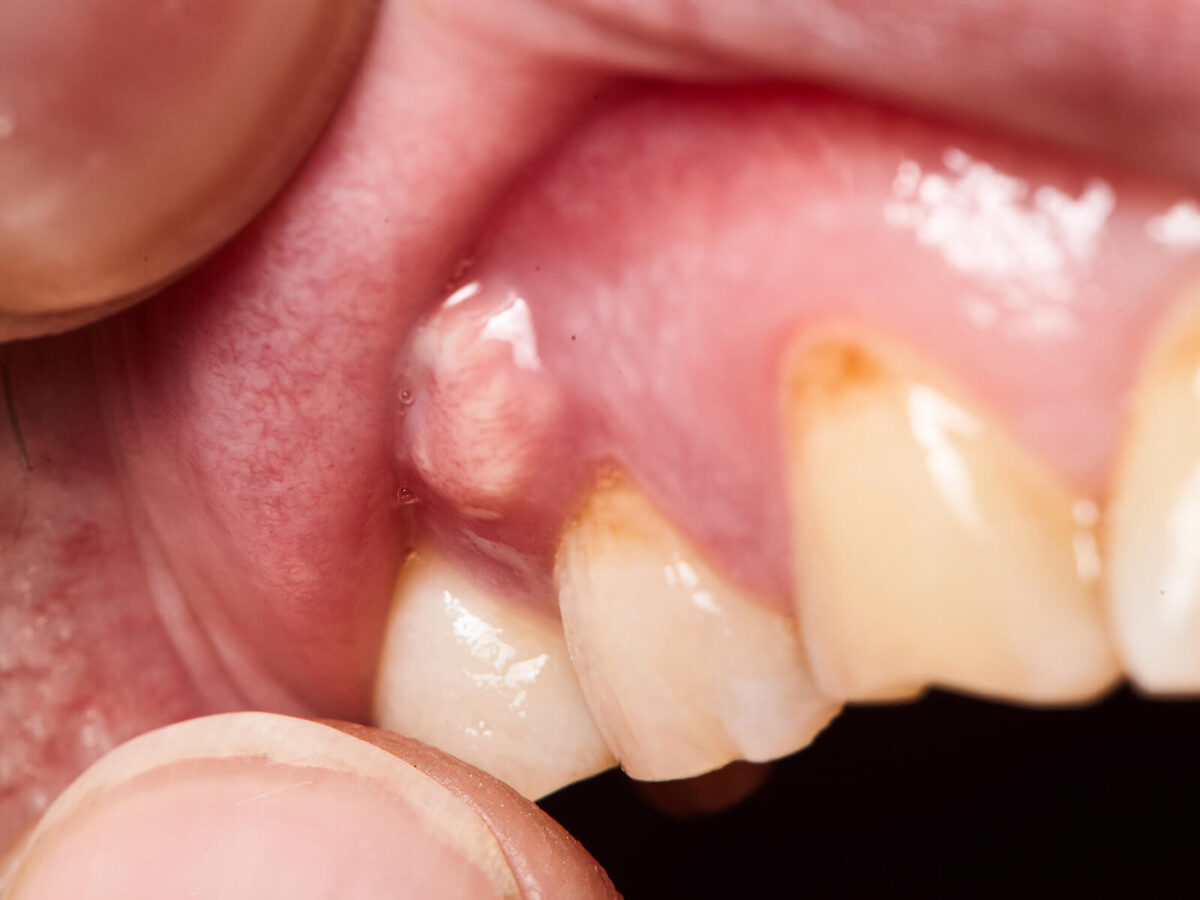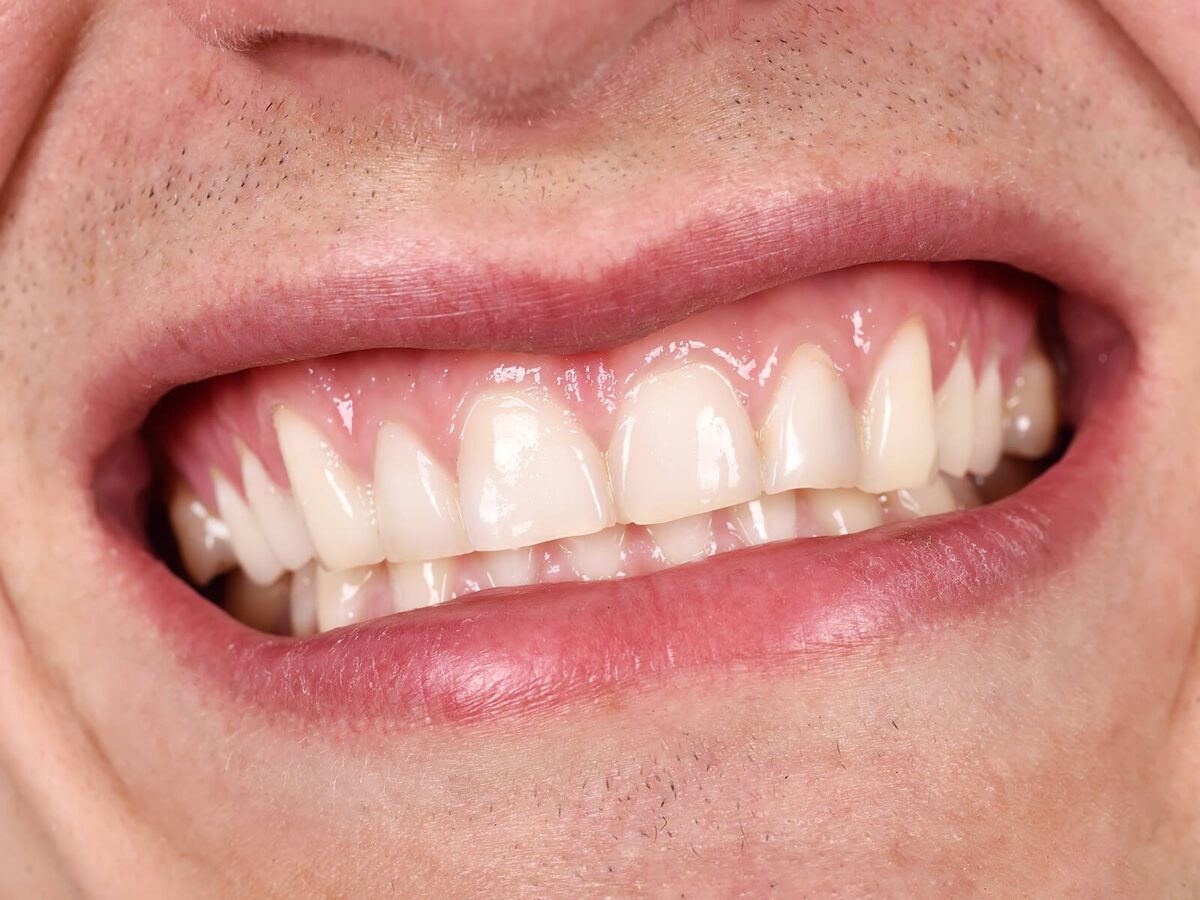Invisalign aligners have changed the way dental treatment is done because they are clear and comfortable to wear instead of traditional braces. But when it comes to food, there are rules that people should follow to ensure the best results.
If you know what to do and what not to do when you eat with Invisalign, you can keep your braces in good shape and get a perfect smile faster. Crosby Dentist TX has suggested these tips for better oral health.
Do’s of Eating with Invisalign
1. Take Aligners Out Before Meals
One of the most crucial Invisalign eating tips is to always remove your aligners before eating or drinking anything other than water. Made from clear plastic, Invisalign aligners may be destroyed.
If food and drink come into touch with them they can get stained. Eating with your aligners can also result in trapped food particles, which can aggravate teeth problems including cavities and poor breath.
2. Brush and Floss After Every Meal
During Invisalign, it is very important to keep your teeth clean. Make sure you brush and floss your teeth every time you eat before putting your aligners back in. Food doesn’t get stuck between your teeth and the braces, which keeps them clean and lowers your risk of cavities.
3. Follow Your Aligner Schedule
The basis of Invisalign treatment is constant wear of your aligners, ideally for 20 to 22 hours a day. It implies that you should quickly clean your teeth and reinsert them later, even if you should take off your aligners to eat.
Monitoring your meals and snacks will help you stay under the advised daily removal time. Your Crosby Dentist TX can suggest a proper schedule to put and remove your aligners so that you do not need to worry about them.
4. Keep a Travel Toothbrush Handy
Particularly if you travel often, it’s a good idea to pack travel-sized toothpaste and brushes. It ensures that you can always reinsert your aligners into a clean mouth by allowing you to brush your teeth after meals, even while you’re not at home.
5. Get Enough of Water
The only drink you should sip while wearing your Invisalign aligners is water. Maintaining hydration not only keeps your mouth moist but also aids in rinsing any food particles and bacteria. Drinking water with your aligners won’t damage or discolor either.
Don’ts of Eating with Invisalign
1. Don’t Eat With Your Aligners In
Eating without removing your aligners could seem appealing, but it will seriously harm your teeth and aligners. Eating with your aligners on might cause the plastic to warp or crack, which reduces their efficiency in teeth movement.
2. Avoid Sugary and Acidic Foods
Foods high in sugar and acid may affect your oral health even whilst Invisalign treatment is in process. These meals especially could lead to tooth decay and plaque growth, especially if any residue remains on your teeth after you reinstall your aligners.
3. Don’t Drink Anything Other Than Water
While wearing your Invisalign aligners, you should consume only water. Drinks, including coffee, tea, alcohol, and soda, might discolor the aligners. Hot beverages might also distort the plastic, influencing the aligners’ fit and performance.
4. Never Neglect Aligner Cleaning
Regular cleaning of your Invisalign aligners will help keep them clear and prevent bacteria from proliferating. Ignoring your aligners could lead to poor breath, plaque development, and perhaps less effective treatment.
You should use a soft-bristled toothbrush and either cleaning crystals or antibacterial soap to clean your braces every day. Crosby Dentist TX reminds their patients to include this process in their daily routine.
5. Don’t Skip Your Meals
Although skipping meals helps you avoid the trouble of removing your aligners and cleaning your teeth, this is not a good idea. Ignoring meals might compromise your general nutrition and wellness. Instead, carefully schedule your meals, and always find time to clean your teeth.
Conclusion
Eating with Invisalign calls for some changes; however, the advantages are much more than the drawbacks. Following the dos and don’ts listed above will help you preserve your teeth, keep your aligners effective, and provide a better treatment experience.
Remember that the beautiful smile you will show after your Invisalign road will reflect the effort you make to follow these guidelines. Regular visits to your Crosby Dentist TX can help you monitor your development and implement any necessary treatment modifications.







